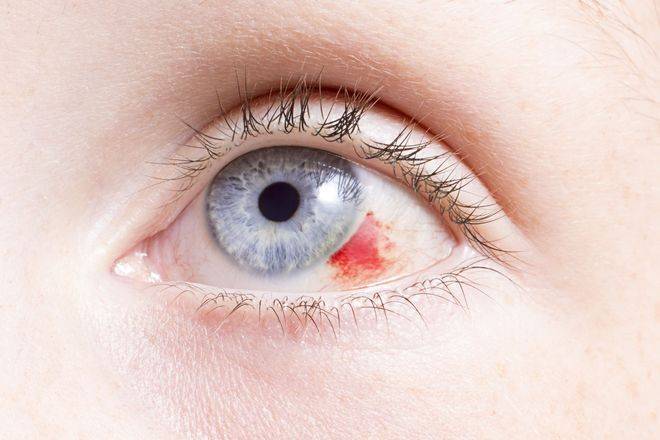
Ocular Trauma
Eye trauma can occur at work, home, school or during sports and other recreational activities. Ninety percent of all eye injuries can be prevented with the use of proper protective eyewear and by taking prudent precautions.
Blunt trauma to an eye from projectile objects (such as a ball) can cause a wide range of damage including corneal abrasion, bleeding in the eye, fracture of the orbital bone, rupture of eyeball, and retinal detachment.
Foreign bodies can become lodged in the eye, especially from activities such as grinding metal. Sometimes violent injuries such as road traffic accidents can also result in penetration of foreign bodies into the eye.
Chemical injuries can be devastating and commonly occur in laboratories or at home from accidental exposure to chemicals. Following a chemical injury, a patient should immediately flush the affected eye(s) with water, then report immediately to the hospital.
Serious burns often are the result of the use of fireworks or other explosives in the absence of appropriate supervision.
Medical attention should be sought immediately since time is of the essence to preserve vision after an eye injury. When the case is being referred to our centre it is advisable to cover the eye which has an open globe injury with a shield in order to prevent further damage to the eye. A complete eye exam by an ophthalmologist is then necessary to assess for potential damage to the eye and its surrounding structures. A B-scan ultrasound is usually necessary in determining the anatomic status of the posterior segment of the eye. A computed tomography (CT) of the orbits is particularly helpful in identifying fractures, bleeding, or foreign bodies in and around the eye. An ultrasound of the eye is another non-invasive tool sometimes used to assess the structures within the eye. Occasionally, surgical exploration of the eye is necessary if there is suspicion of a serious injury not fully evident on clinical examination.
Trauma to the eye can result in a number of conditions that could require medical and/or surgical management. If a patient sustains a full-thickness laceration of the eye resulting in an open globe, the primary treatment objective is to prevent infection and potential loss of the eye. Treatment with systemic broad-spectrum antibiotics and surgical closure of the eye is initiated, ideally within 24 hours of the injury. Post-operatively, patients are started on topical medications and monitored for infection. Treatment usually involves collaboration of different services such as cornea, oculoplasty and Retina, to aid in the visual rehabilitation of these patients. Counselling on preventive strategies, including the use of proper eye protection, is another significant part of the patient care.
